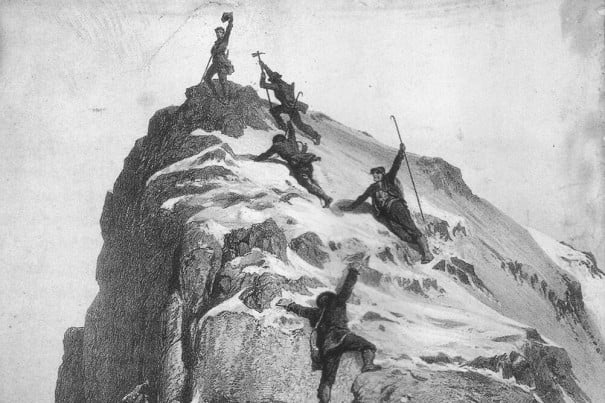
Literature Mountain Literature Classics: Scrambles Amongst the Alps by Edward Whymper
The engravings may be better than the writing, but with its blend of triumph and tragedy, the story of Whymper's five-year campaign for the first ascent of the Matterhorn is one of mountain climbing's defining narratives, says Ronald Turnbull.

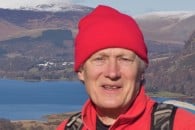

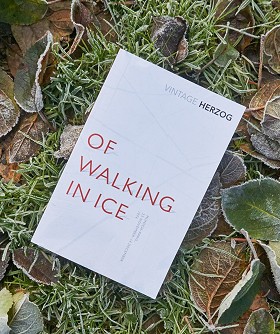
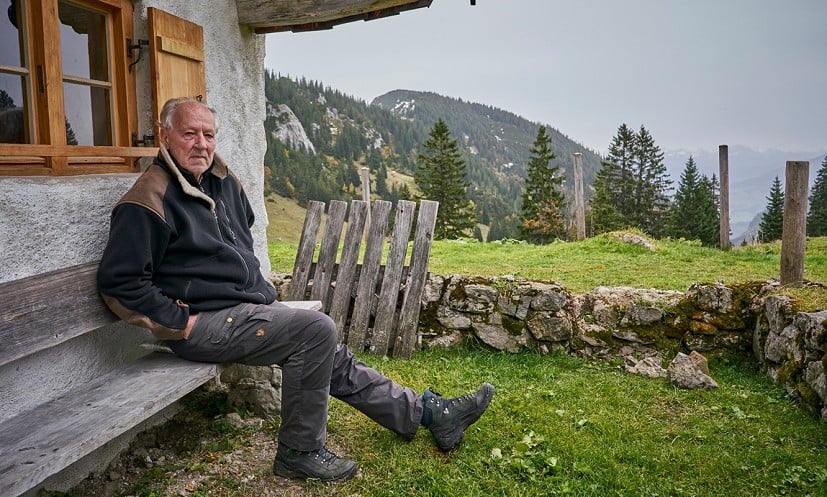
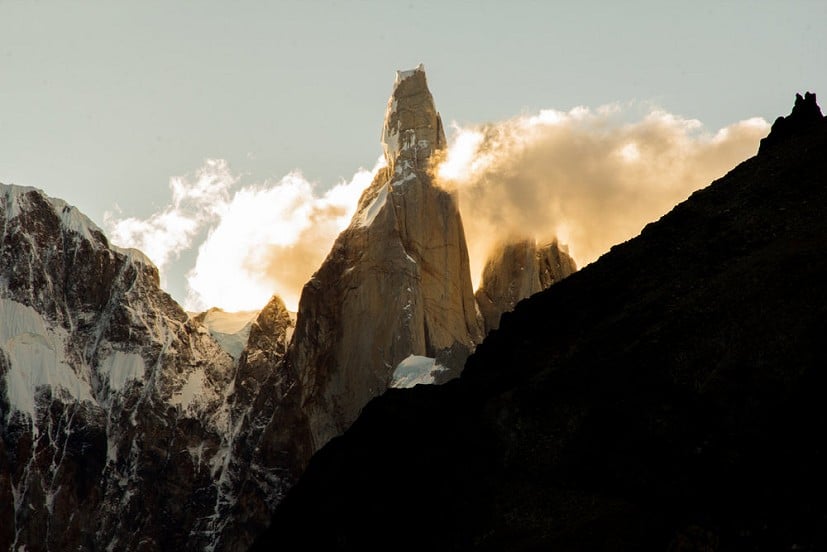
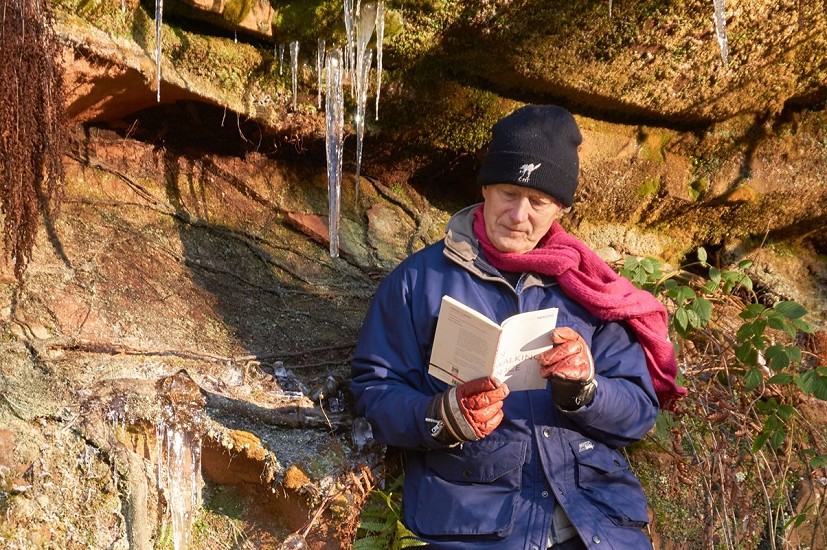
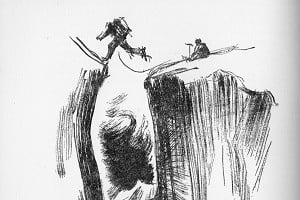

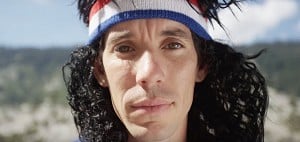

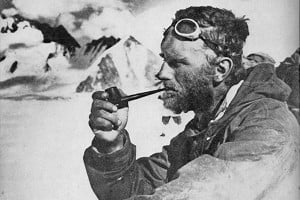

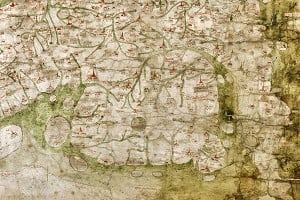
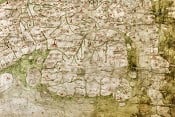

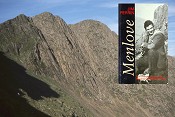
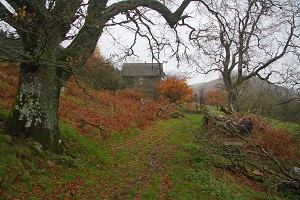
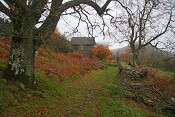
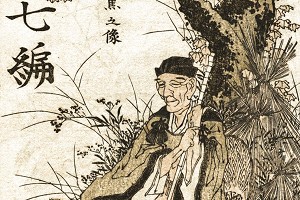
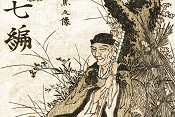
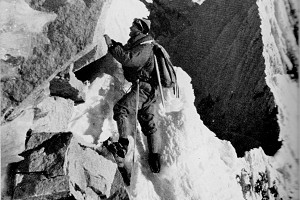
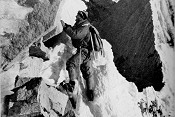
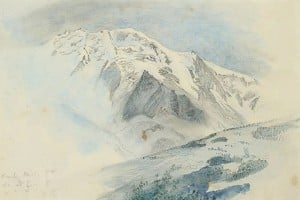
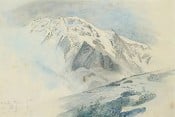
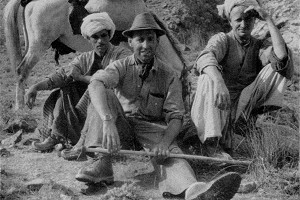
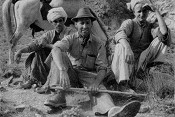
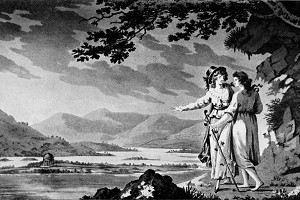
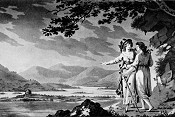
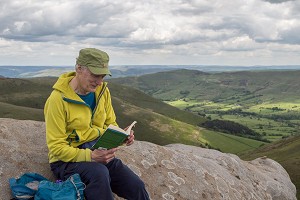
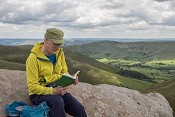
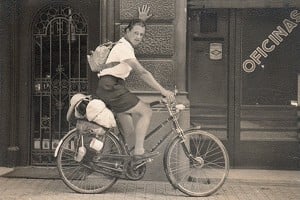
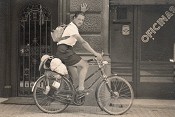
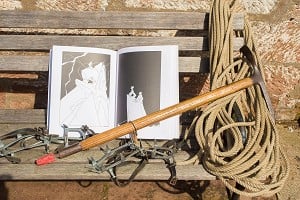

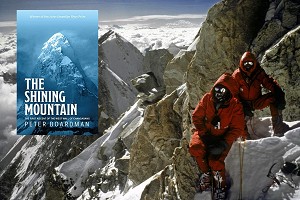

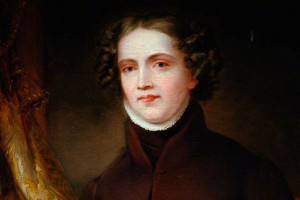
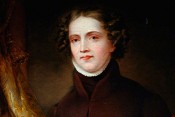
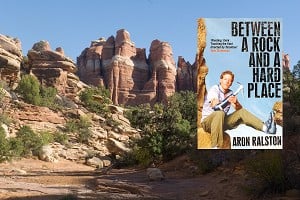
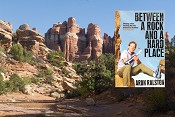
Comments
Great article, thanks for this - loads of really interesting new information for me in there.
Amazing guy, and probably the only one on the planet who could handle Klaus Kinski. This is Kinski complaining about the food to the production mananger during the shooting of "Fitzcarraldo"; Herzog (voiceover) states that this was a comparatively mild outburst compared to the ones he himself was often subjected to:
https://www.youtube.com/watch?v=MPKODzv1PD4
I listened to the 'This Cultural Life' podcast with him and he says he's not a filmmaker. He's absolutely adamant that he's a writer, not a director, spent the whole episode correcting the presenter.
https://www.bbc.co.uk/programmes/m001ry77
If the note regarding the BFI list is in reference to the Sight & Sound poll, then Herzog does make the list. The latest edition has Aguirre, Wrath of God at 118.
Any excuse to shoe-horn this in:
https://www.youtube.com/watch?v=EvWh6PMi9Ek
That’s an intense performance from Kinski, absolutely brilliant. And Cobra Verde, Fitzcaraldo….